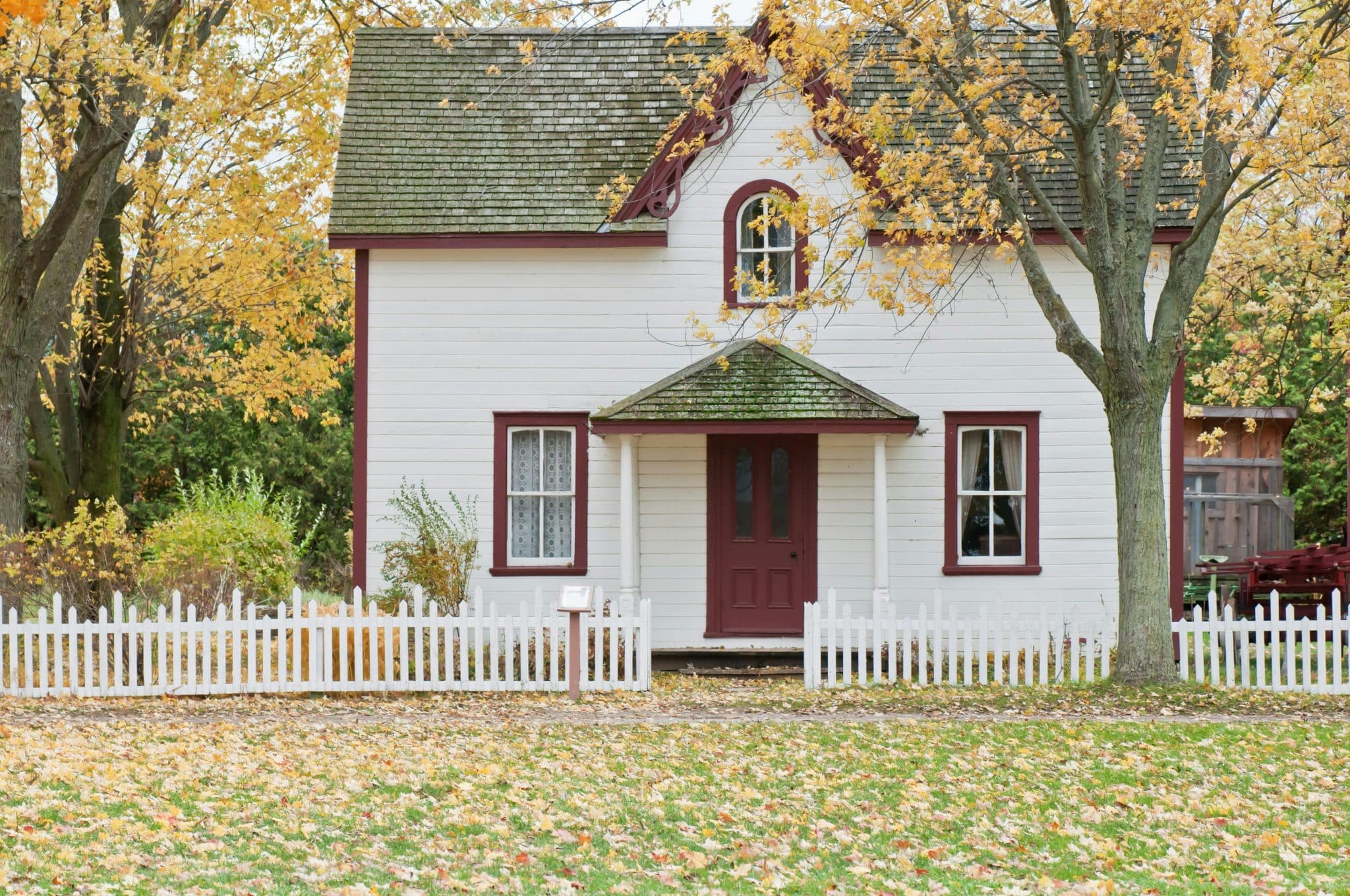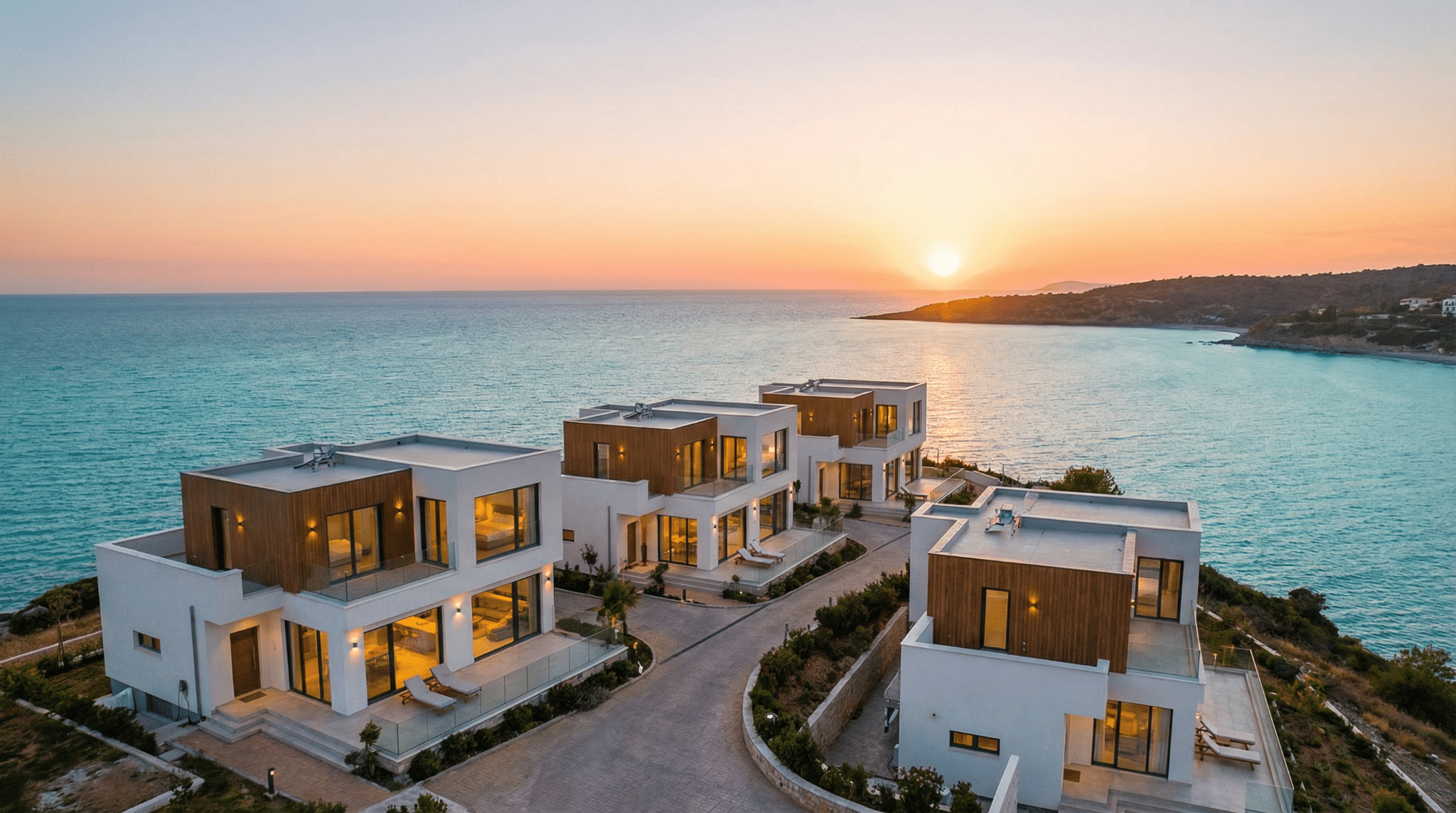Ever walked into a place and immediately felt like you belonged? That’s the magic we’re talking about when it comes to creating genuine homes through inclusive Specialist Disability Accommodation. It’s not just about having a roof over your head – it’s about crafting spaces where people can truly live, not just exist.
What Makes a Home Actually Feel Like Home?
The thing is, most of us take for granted what makes a place feel like “home.” It’s those little moments – making your own coffee in the morning, choosing what to watch on TV, or having friends over without asking permission. Pretty basic stuff, right?
But for many people with disabilities, these simple pleasures have been hard to come by. Traditional accommodation models often focused more on care and safety than on actual living. Don’t get me wrong – safety matters. But so does feeling like you’re in control of your own space.
The Heart of Inclusive Design
Here’s where inclusive SDA living gets interesting. It starts with a simple question: what would make this feel like YOUR place?
The answer usually involves choice. Choice in who you live with, how you spend your day, and yes, even what color to paint your bedroom walls. Sounds obvious, but it’s actually pretty revolutionary in the disability accommodation world.
Take accessibility features, for example. Instead of institutional-looking grab rails and hospital-style bathrooms, modern inclusive design weaves support seamlessly into beautiful, comfortable spaces. The bathroom might have a stunning walk-in shower that happens to be wheelchair accessible. The kitchen could feature adjustable benches that work for everyone.
Community Connection Changes Everything
Actually, one of the biggest game-changers in inclusive SDA living is location. Being part of a real community – not tucked away somewhere remote – makes all the difference.
Picture this: you can walk (or wheel) to the local café, pop into the shops, or meet neighbors in the park. Suddenly, you’re not just living in accommodation; you’re part of the neighborhood fabric. Melbourne, in particular, has seen some fantastic examples of sda housing Melbourne that puts residents right in the heart of vibrant communities.
The other day, someone mentioned how their SDA home sits on a regular suburban street. Kids ride bikes past, neighbors wave hello, and the ice cream truck still comes around on Sundays. These everyday interactions matter more than you might think.
Personal Space, Personal Choices
Here’s something that gets overlooked: privacy and personal space. Everyone needs somewhere to retreat, to be alone with their thoughts, or to invite only the people they choose.
Inclusive SDA design recognizes this. Shared common areas are balanced with private spaces. You might have your own apartment within a small complex, or a private room in a shared house where you control who enters. The key is choice – and respect for those choices.
Support That Fits, Not Overwhelms
The truth is, support in inclusive SDA living looks different for everyone. Some people need 24/7 assistance, others just want someone available if needed. The best inclusive models flex to fit individual needs rather than forcing everyone into the same box.
This might mean having support workers who feel more like helpful housemates than medical staff. Or technology that provides safety monitoring without making people feel watched. The goal is getting the right level of support while maintaining independence and dignity.
Looking Forward
Turns out, when we design accommodation around what people actually want from their homes – comfort, choice, community, and control – everyone benefits. Residents are happier, families have peace of mind, and communities become richer for the diversity.
The shift toward truly inclusive SDA living isn’t just changing individual lives. It’s changing how we think about disability, community, and what home really means.








